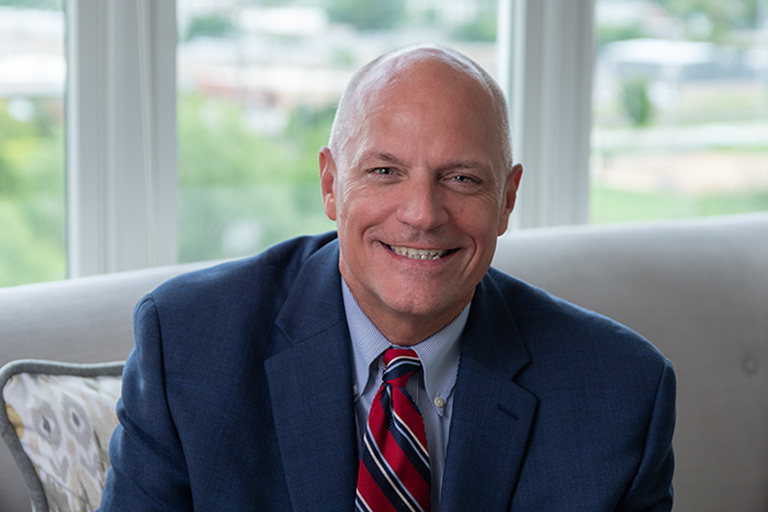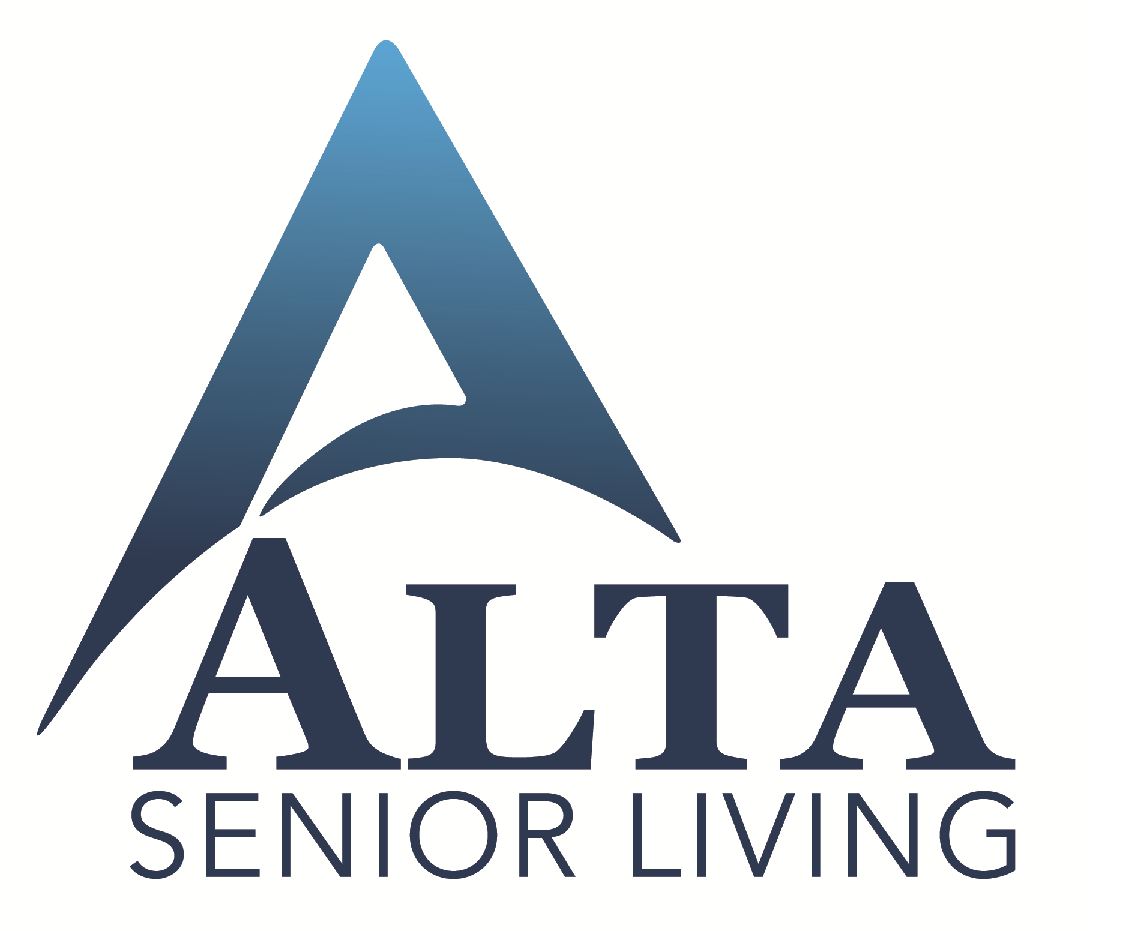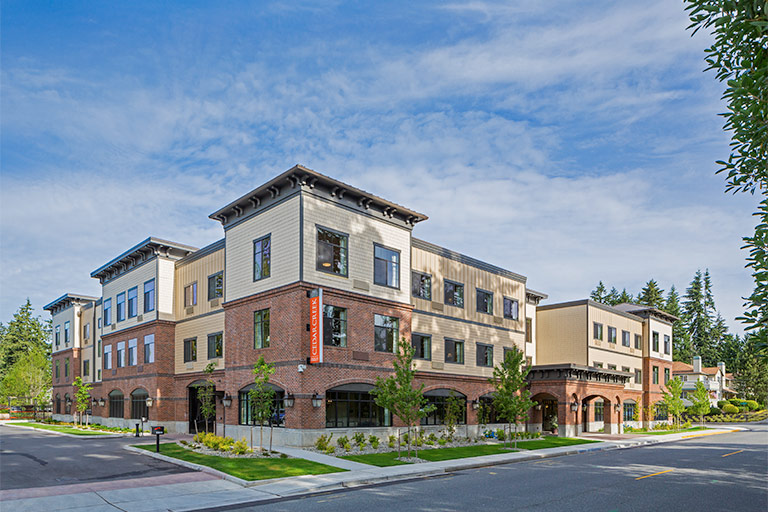
By Caroline Chan | September 1, 2022
Wellness in senior living can be defined in several different ways. So the Mather Institute—the research arm of Mather—set out to develop a new model to explain the components of wellness more clearly, and how they all work together. They refer to it as the person-centric wellness model.
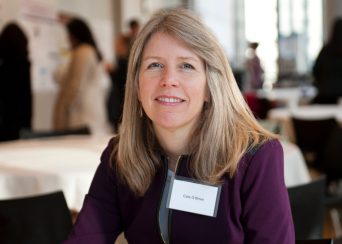
Mather has three communities in Illinois and Arizona, as well as one currently in progress in Virginia. The Mather Institute was founded in 1999 with the goal of improving aging services. “[It] serves as an innovation incubator, and provides information and resources that support the senior living industry in serving older adults,” said Cate O’Brien, vice president and director of the Mather Institute.
The first step of developing the new model was to research what was already out there. “The process began with a thorough review of well-established models of psychological well-being and quality of life,” said O’Brien. “In addition, we reviewed research in positive aging to identify factors that could be incorporated into a new model.”
In the end, the company came up with three main components for the new model: autonomy, achievement and affiliation.
“Autonomy is the need to make choices for oneself and to have a sense of control or ownership of one’s behaviors,” said O’Brien.
However, it’s not the same as independence. “With autonomy, people can rely on support from others while making their own decisions,” she emphasized.
O’Brien continued on to explain the other two drivers. “Achievement is the need to demonstrate competence and mastery over one’s environment. It’s the sense that one is learning and developing, and that one’s actions are leading to desired outcomes,” she said. “Connection [affiliation] is the need to have close relationships and meaningful interactions with others. It includes receiving support as well as providing support to others.”
O’Brien said that people will likely draw more benefits from a wellness program that takes all three into account. “It’s of their own choosing (autonomy), they feel like they can succeed and reach their goals (achievement) and their efforts are encouraged by others (affiliation),” she summarized.
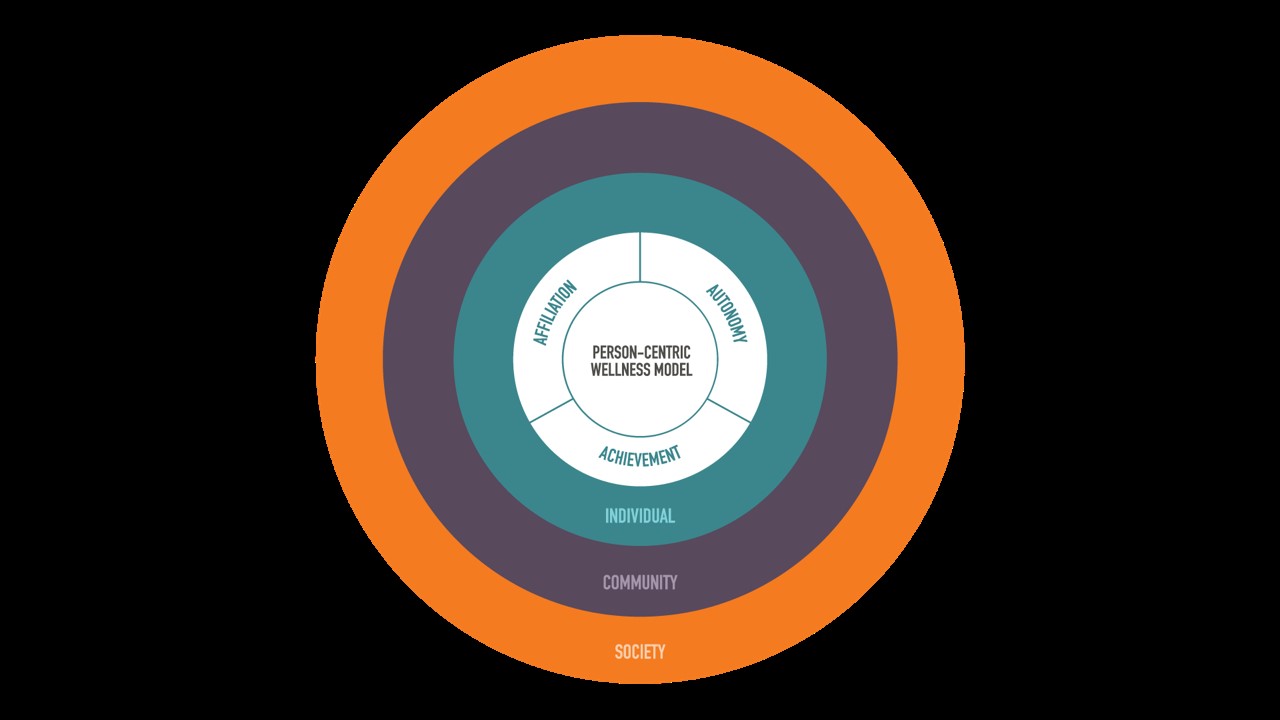
The new model also takes three levels into account: individual, community and society. “Each [person] has many different influences on their experience of wellness,” O’Brien said. “Wellness does not happen in a vacuum.”
She then explained each of the levels. “Individual factors can influence an individual’s wellness—from beliefs, knowledge and values, to personality, demographic characteristics and one’s life history,” O’Brien said. “Community-level factors can also impact people’s wellness-related decisions. These include programs and services offered by senior living communities to support resident and employee wellness, as well as the built environment in which people live.”
And lastly, society-level factors. This includes cultural beliefs, regional differences and more. “For example, some religious communities may have strong traditions of service to others, which affects individual wellness as well as that of the larger group,” O’Brien explained.
And by incorporating all three factors, the new model helps employees better assist their residents. “Staff may more fully support an individual’s aspirations and help them identify and address any challenges to achieving their goals,” O’Brien said.
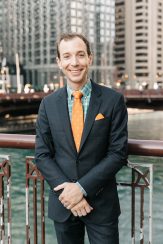
However, the responsibility of this new model of wellness doesn’t just fall on the caregivers. “We see wellness as everyone’s responsibility—hence residents and employees alike being wellness citizens charged with evolving and strengthening the community’s wellness culture,” said William Myers, assistant vice president of wellness strategies. “We seek to create an environment in which residents feel comfortable sharing their needs and wants, and collaborating to contribute to a culture of wellness.”
They’ve held resident and staff wellness forums; residents participate in a wellness coaching program; and they had staff who works in resident services attend a new orientation and educational workshops, receive training on how to deliver this new program and learn about new communication standards and data-related tools.
Myers highlighted the workshops specifically. They included a mix of staff from different departments, and the goal was to learn “how to collaborate purposefully and how to center wellness in their community to cultivate a culture of wellness through wellness citizenship,” he said.
For any other companies looking to employ the new model in their communities, Myers advised reviewing all aspects of the community that can impact a resident’s wellness.
“Programs, services, places and spaces should be designed and aligned with the person-centric wellness model,” Myers said. “Create and align programs, services and offerings that uphold and offer fulfillment in one or more areas of autonomy, affiliation and achievement.”
Additionally, keep these guidelines in mind:
- Be purposeful and authentic: “[It should be] more than words on a page, and designed with the intention of positively impacting life in our communities,” Myers said.
- Be contextual and adaptable: “[Be] responsive to the local cultural and environmental landscape to provide wellness offerings that are relevant to each unique community culture,” Myers explained. “[Be] adaptable and inclusive to support wellness across the life plan community continuum and among diverse team members.”
- Be immersive and dynamic: “Wellness is…activated in the spaces in between and activities within,” Myers said. “The key is to adapt and continue to evolve over time and accelerate the wellbeing of community occupants.”
And the last thing is to have a healthy mix of the old and the new, according to Myers. “[Be] informed by both traditional wellness practices and cutting-edge wellness trends,” he said.

